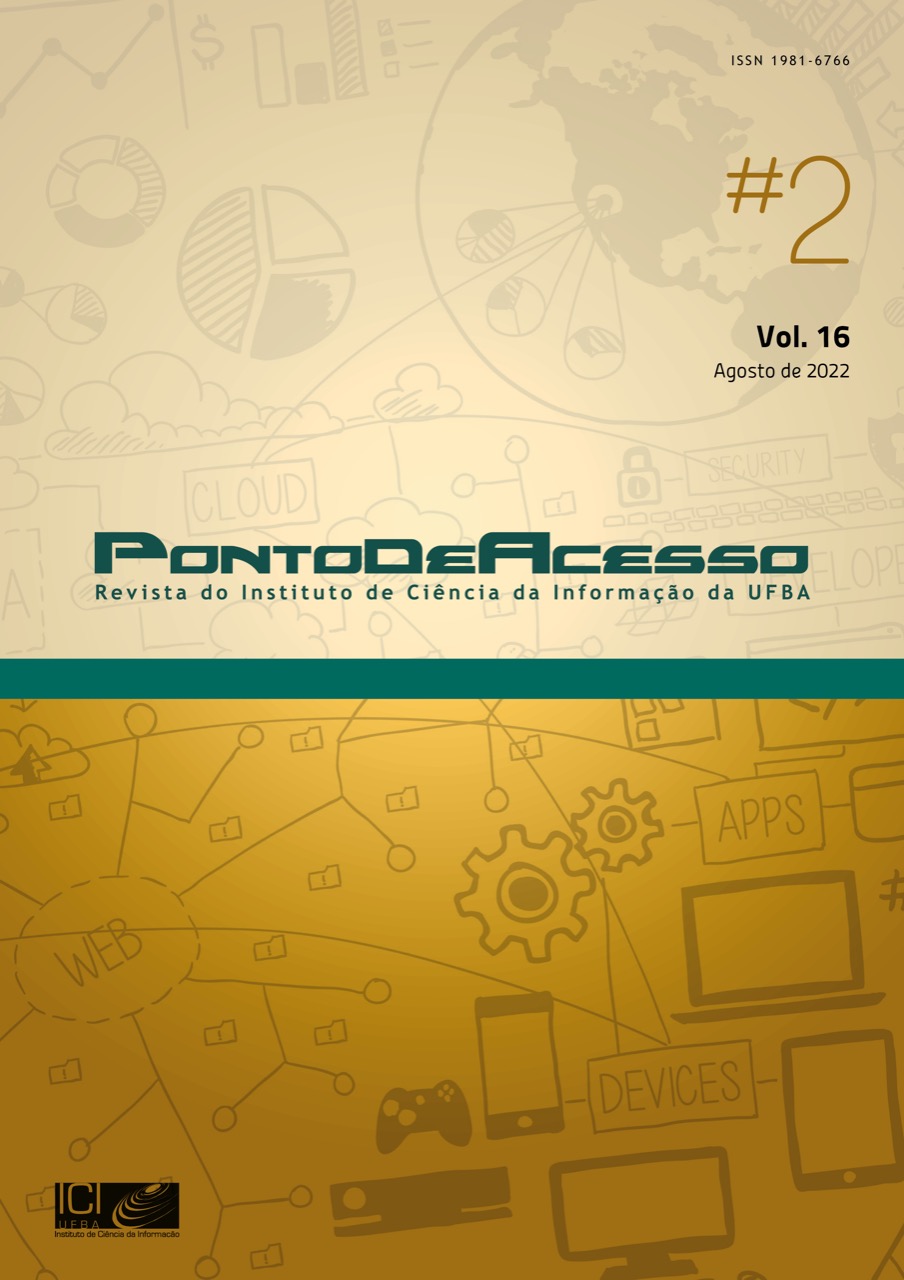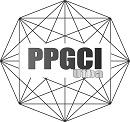ANALYSIS AND DESCRIPTION OF THE FREE SOFTWARE (AtoM) IN THE LIGHT OF THE INFORMATION ARCHITECTURE
DOI:
https://doi.org/10.9771/rpa.v16i2.36300Keywords:
Information Architecture; AtoM; free software; digital repository.Abstract
Access to Memory, better known by the acronym AtoM, is a free software for archival description, which serves as a contribution to the dissemination of information from permanent documents. In this sense, we highlight another relevant factor when we talk about digital environments – Information Architecture – an area that enables the analysis of content on websites. Therefore, we focus on the analysis of this virtual environment in the light of the principles of Information Architecture. The purpose of this article was to analyze the AtoM website of the University of Brasília from the perspective of the Organization, Navigation, Labeling and Search Systems of Information Architecture. Methodologically, we used a qualitative approach, as well as a descriptive one, then made from the observation of how the contents of the AtoM page are arranged, relating to the aforementioned Systems. We were able to see that the arrangement of the information found on this website met the demand of the Information Architecture elements (its principles). We conclude that the exposed theme has incipience in the field of Archival Science and Information Science. Therefore, we emphasize that the precepts formulated by the AI Systems are essential to the understanding of users who use websites, when assimilated to a digital space of information to be considered trustworthy.
Downloads
References
ATOM – UnB. Brasília. 2020. Disponível em:https://www.atom.unb.br/index.php/. Acesso em: 20 mar. 2020.
CAPURRO, Rafael; HJORLAND, Birger. O conceito de informação. Perspectiva em
Ciência da Informação, v. 12, n. 1, p. 148-207, jan./abr. 2007. Disponível em: https://www.scielo.br/j/pci/a/j7936SHkZJkpHGH5ZNYQXnC/?format=pdf. Acesso em: 07 nov. 2022.
CASTELLS, Manuel. A era da informação: economia, sociedade e cultura. A sociedade em rede. São Paulo: Paz e terra, v. 1. 2000.
CONSELHO INTERNACIONAL DE ARQUIVOS. ISAD(G): Norma geral internacional de descrição arquivística. 2. ed. Rio de Janeiro: Arquivo Nacional, 2000. Disponível em: https://www.gov.br/conarq/pt-br/centrais-de-conteudo/publicacoes/isad_g_2001.pdf. Acesso em: 07 nov. 2022.
FERREIRA, Ana Maria Jensen Ferreira da Costa; VECHIATO, Fernando Luiz; VIDOTTI, Silvana Aparecida Borsetti Gregorio. Arquitetura da Informação de web sites: um enfoque à universidade aberta à terceira idade (UNATI). Revista de Iniciação Científica da FFC, v. 8, n. 1 p. 114-129, 2008.
FREIRE, Gustavo Henrique de Araújo; FREIRE, Isa Maria. Introdução à Ciência da
Informação. João Pessoa: Editora Universitária da UFPB, 2009.
GARRETT, Jesse James. The Elements of User Experience: user centered design for the web and beyond. 2. ed. Berkeley, CA: News Riders, 2011.
HEXSEL, Roberto André. Software Livre: propostas de ações de governo para incentivar o uso de software livre. Curitiba, 2002.
KRUG, Steve. Não me faça pensar: uma abordagem de bom senso à usabilidade na web. 2. ed. Rio de Janeiro: Alta Books, 2008.
LE COADIC, Yves-François. A ciência da informação. Brasília: Briquet de Lemos, 1996.
LESSIG, Lawrence. Freeculture:How big media usestechnologyandthelawtolockdowncultureandcontrolcreativity. New York: The Penguin Press, 2004.
ROBREDO, Jaime. Sobre arquitetura da informação. Revista Ibero-americana deCiência da Informação (RICI), v.1, n. 2, p. 115-137, jul./dez. 2008. Disponível em: https://brapci.inf.br/index.php/res/download/86910. Acesso em: 07 nov. 2022.
ROSENFELD, Louis.; MORVILLE, Peter; ARANGO, Jorge. Information Architecture for the World Wide Web: designing for the web and beyound. 4. ed. Sebastopol, CA: O ́Reilly Media, 2015.
ROSSEAU, Jean-Yves; COUTURE, Carol. Os fundamentos da disciplina arquivística. Tradução Magda Bigotte de Figueiredo. Lisboa: Publicações Dom Quixote, 1994.
SCHELLENBERG, Theodore Roosevelt. Arquivos modernos: princípios e técnicas.
Tradução: Nilza Teixeira Soares. 6. ed. Rio de Janeiro: FGV, 2006.
SILVA, Armando Malheiros da et al.Arquivística Teoria e prática de uma Ciência da
Informação. 3. ed. Porto: Afrontamento, 2009.
SOUSA, Maria Fernanda Sarmento; FORESTI, Miriam Celí Pimentel Porto; VIDOTTI,
Silvana Aparecida Borsetti Gregorio. Arquitetura da Informação em web sitede
periódico científico. Educação Temática Digital, Campinas, SP, v. 5, n. 2, p. 87-105, jun.
Disponível em:http://www.brapci.ufpr.br/download.php?dd0=6085. Acesso em:07 nov. 2020.
STALLMAN, Free software, free society. Free software foundation: Boston, 2015.
PRODANOV, Cleber Cristiano; FREITAS, Ernani Cesar de. Metodologia dotrabalhocientífico: métodos e técnicas da pesquisa do trabalho acadêmico. 2 ed. NovoHamburgo: Feevale, 2013. Disponível em: https://aedmoodle.ufpa.br/pluginfile.php/291348/mod_resource/content/3/2.1-E-book-Metodologia-do-Trabalho-Cientifico-2.pdf. Acesso em: 07 nov. 2022.
WERTHEIN, Jorge. A sociedade da informação e seus desafios. Ciência da Informação,
Brasília, v. 29, n. 2, p. 71-77, maio/ago. 2000.
WURMAN, Richard Saul. Information Architects. New York: Graphis, 1997.
Downloads
Published
How to Cite
Issue
Section
License
Copyright (c) 2022 PontodeAcesso

This work is licensed under a Creative Commons Attribution 4.0 International License.
A PontodeAcesso utiliza a licença do Creative Commons (CC), preservando assim, a integridade dos artigos em ambiente de acesso aberto. A revista permite que o autor retenha os direitos de publicação sem restrições.








